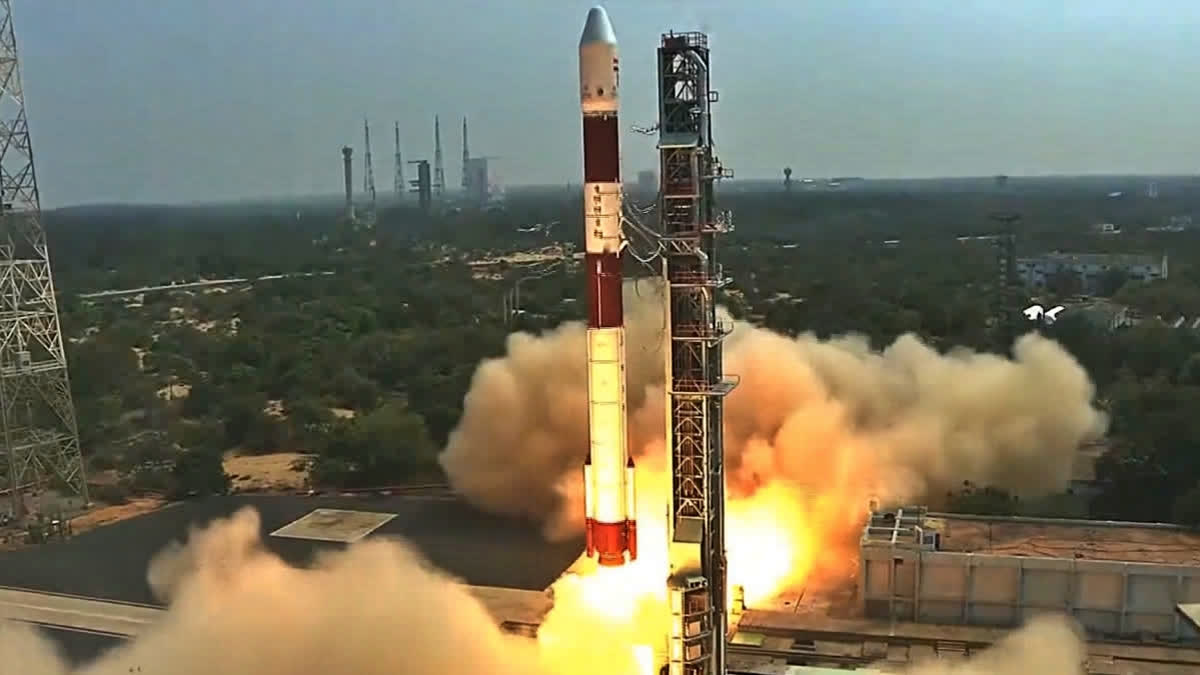New Delhi: In a major achievement for the Indian Space Research Organisation (ISRO), a navigation satellite was successfully launched on Monday from Sriharikota in Andhra Pradesh. The satellite, carried by an expendable GSLV rocket, was deployed into a geosynchronous transfer orbit (GTO) at an altitude of approximately 251 km, marking a significant milestone for ISRO's space program.
The launch of this satellite, part of the second-generation navigation satellite series, is crucial for the continuity of NavIC (Navigation with Indian Constellation) services. NavIC is an Indian regional satellite navigation system that provides accurate and real-time navigation in India and a region extending 1,500 km around the mainland. Similar to the Global Positioning System (GPS), NavIC ensures that users have access to reliable navigation services across various sectors.
The GSLV-F12 rocket carried the 2,232-kilogram spacecraft, named NVS-1, to the Low Earth Orbit (LEO). This next-generation satellite will significantly enhance India's navigational and monitoring capabilities through new augmentation techniques. It is part of a constellation of seven satellites that work in coordination with ground stations to provide navigation services to both civilian and strategic users, including the armed forces.
The development of NavIC was driven by the growing requirements of the civil aviation sector in India, aiming to improve positioning, navigation, and timing services. The network covers a vast area, including India and a region extending 1,500 km beyond the Indian boundary. Its applications span various domains, such as terrestrial, aerial, and marine transportation, location-based services, personal mobility, resource monitoring, surveying and geodesy, scientific research, time dissemination and synchronization, and safety-of-life alert dissemination.
To expand the services offered by NavIC, this new satellite series incorporates L1 band signals. Notably, it also carries an indigenous atomic clock, a first for the NavIC program. The satellite is equipped with two solar arrays capable of generating up to 2.4 kW of power, supported by a Lithium-ion battery that ensures continuous operation during eclipse periods. It employs both passive and active thermal management systems, a unified bi-propellant propulsion system, and a three-axis body stabilized zero momentum system with reaction wheels.
With the successful deployment of the navigation satellite, ISRO expressed confidence in its ability to launch even larger payloads in the future. This achievement demonstrates India's progress in space technology and its commitment to advancing navigation services for the benefit of various sectors. The launch of the NVS-1 satellite contributes to India's growing presence in space and strengthens its position in the global space community.



